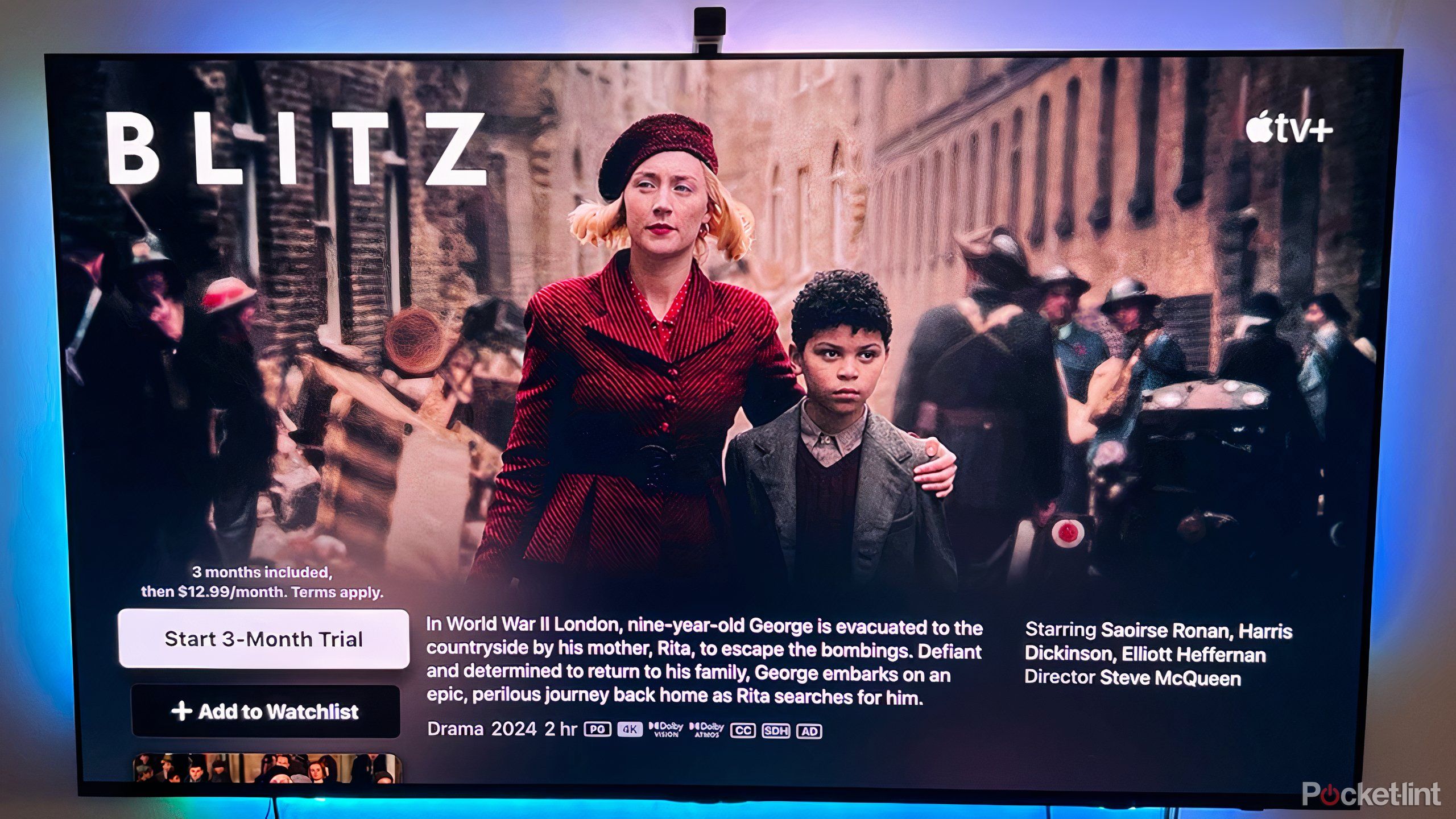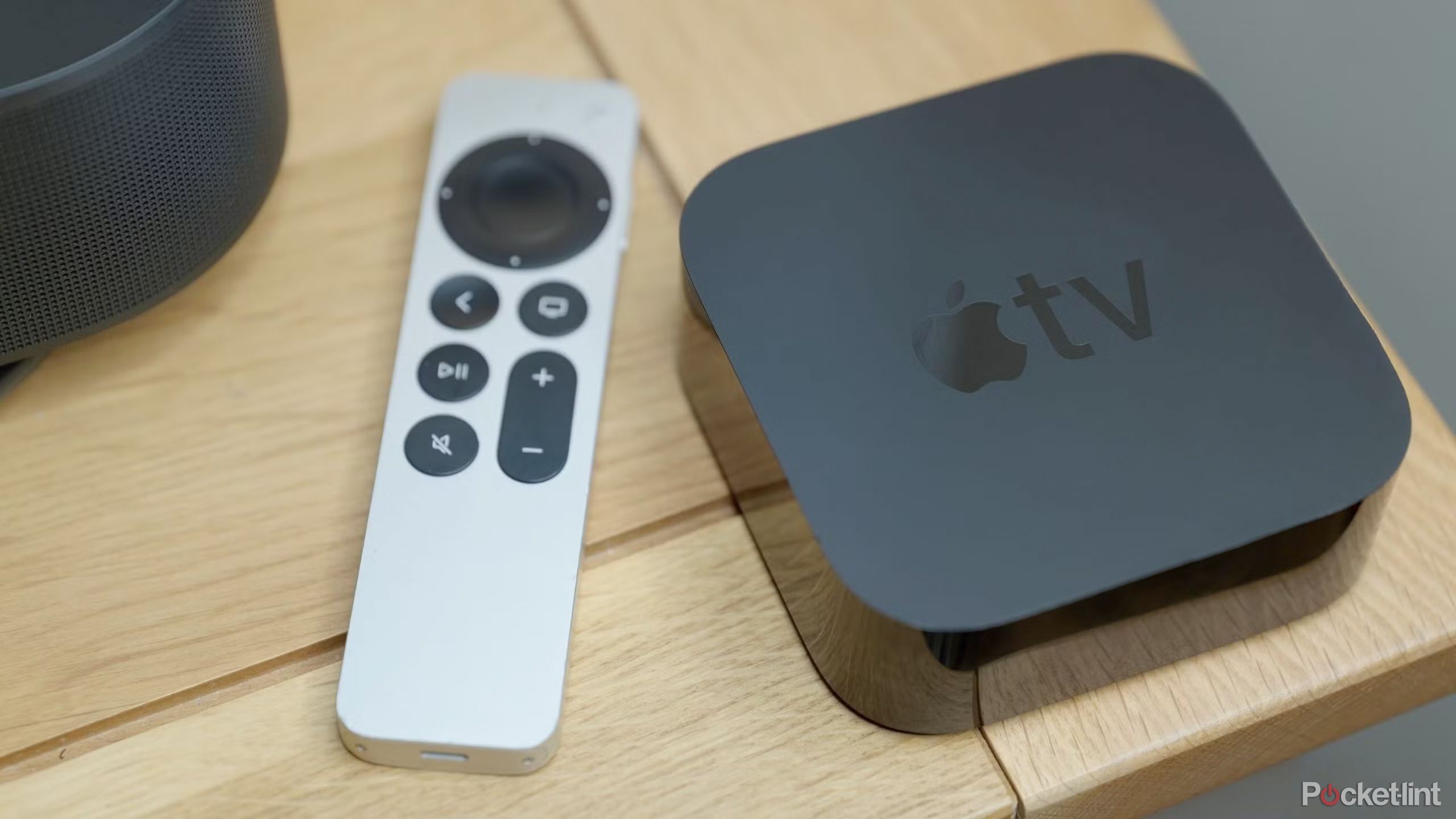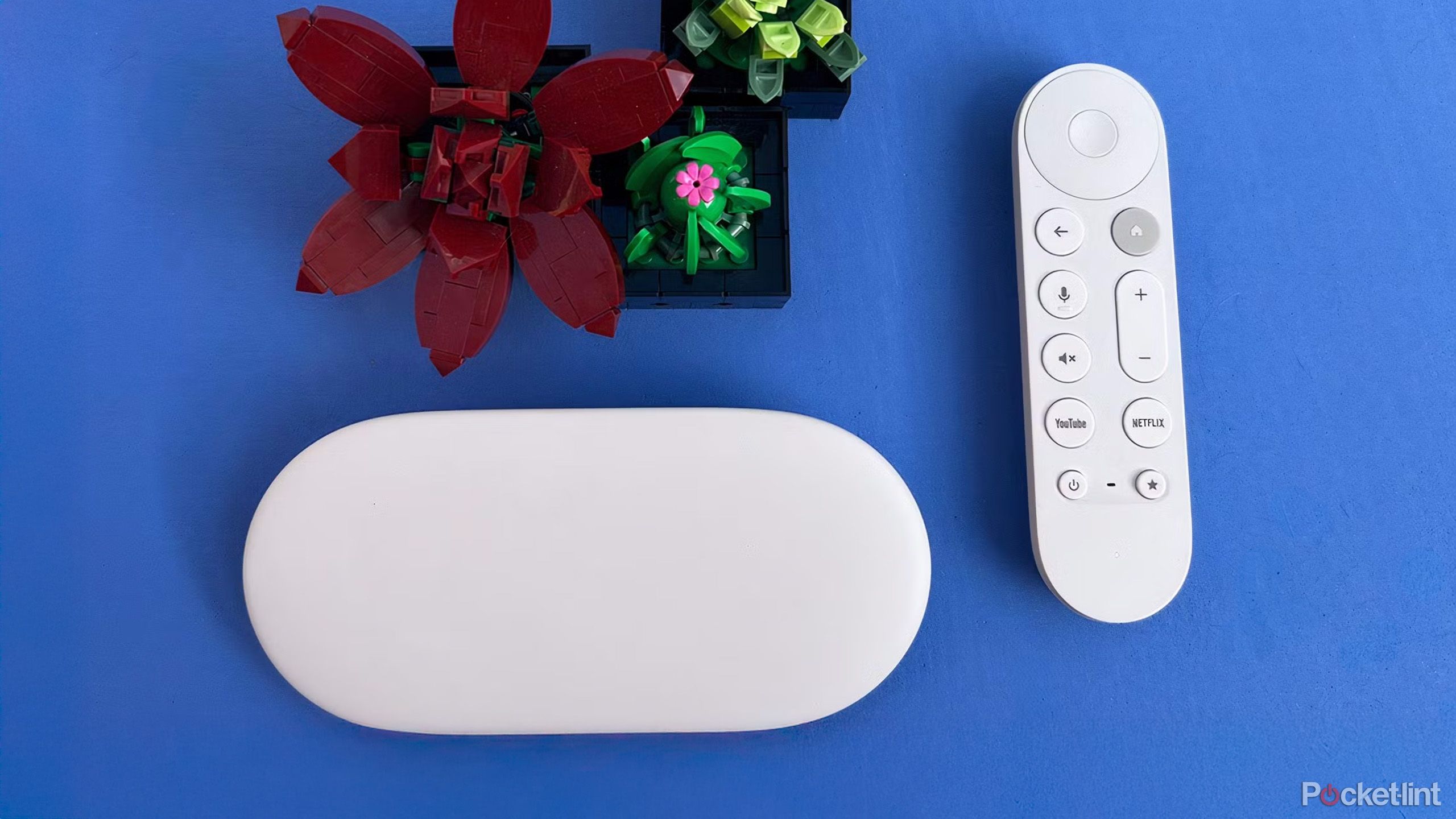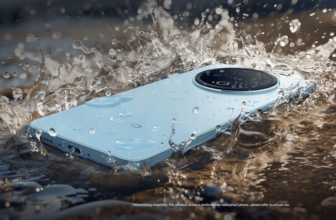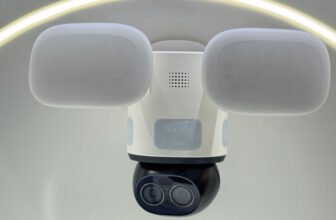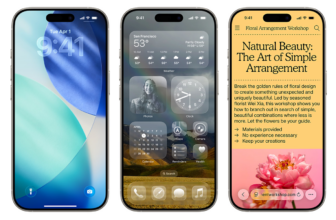Summary
- The Apple TV 4K stands out for its speed, interface, and integration with other Apple products and services.
- The issue is that Google and Roku are reliant on ad, subscription, and licensing revenues, not turning a profit on hardware and apps.
- Google might be in a position to step up its streaming gear, but doesn’t seem to have much motivation.
A recurring thing I’ve seen online is new
Apple TV 4K
owners exclaiming how happy they are to have made the switch from another platform. Usually that means
Google TV
or
Roku
, which are preinstalled on many TVs, or else available through add-on devices. They’re likely to be ecstatic if they’ve switched from Amazon’s Fire TV, which is functional, but not much more than that — I doubt few people purposefully buy a Fire TV set unless they’re deeply embedded in the Amazon ecosystem.
If the Apple TV is so widely accepted as a better streaming experience, why do Google and Roku seem to have such a hard time delivering something comparable? There are a few factors, although the guiding one may be what the companies are trying to sell in the first place.
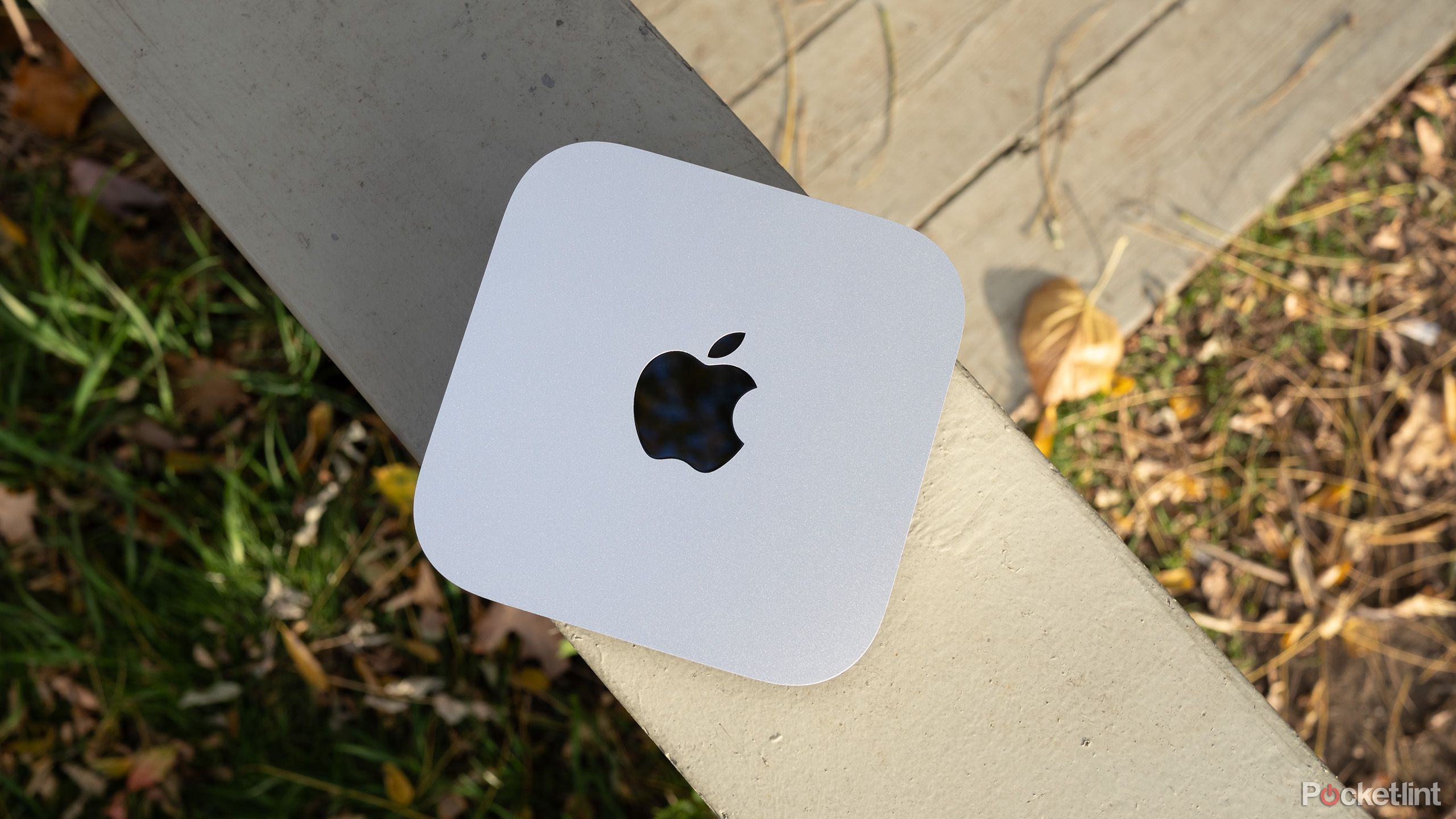
Related
4 reasons to get a desktop Mac over a MacBook
Portability doesn’t always beat the power of a desktop.
What makes the Apple TV better
Or better overall, anyway
The chief advantage of the Apple TV 4K is speed. While devices like the Roku Ultra and Google TV Streamer are capable enough, the Apple TV is genuinely quick. Animations are silky smooth, and any app you want to stream with should load in a couple of seconds. It’s powerful enough that there’s even a decent game library — I’ve never played anything more demanding than a couple of Jackbox Party Packs, but just the fact that you can buy and play “real” games like Slay the Spire or Thumper is welcome.
The chief advantage of the Apple TV 4K is speed.
I also tend to prefer Apple’s interface, tvOS. It’s more attractive, yet very easy to navigate using a combination of Siri Remote swipes and voice commands. Google and Roku’s interfaces feel clunky by comparison, sometimes making it take a little longer to resume watching something or open a lesser-used app. I’m sure a few of you will disagree with me — Roku’s menus are easier for newcomers, I’ll admit, and it takes a while to get used to tvOS features like the Control Center — but you’re unlikely to find someone who claims tvOS is a bad design.
It’s also well-integrated with other Apple products and services. Google has some ecosystem integration of its own, particularly when it comes to watchlists and smart home control, but there’s no Google equivalent of
Fitness+
, or the ability to pair a couple of HomePods as wireless speakers. Roku has its own speakers and smart home accessories — in the US, at least — but limited voice support, and the platform is inherently tied to the limits of third-party phones, watches, or smart speakers if you don’t want to use your remote. There’s no Roku version of an Apple Watch or a Pixel phone.
Lastly, if there’s a format out there, the Apple TV 4K supports it. That’s also largely true of the Google TV Streamer, but many Roku add-ons don’t support Dolby Vision, and Roku OS isn’t yet compatible with the
Matter
smart home standard for multi-platform pairing.
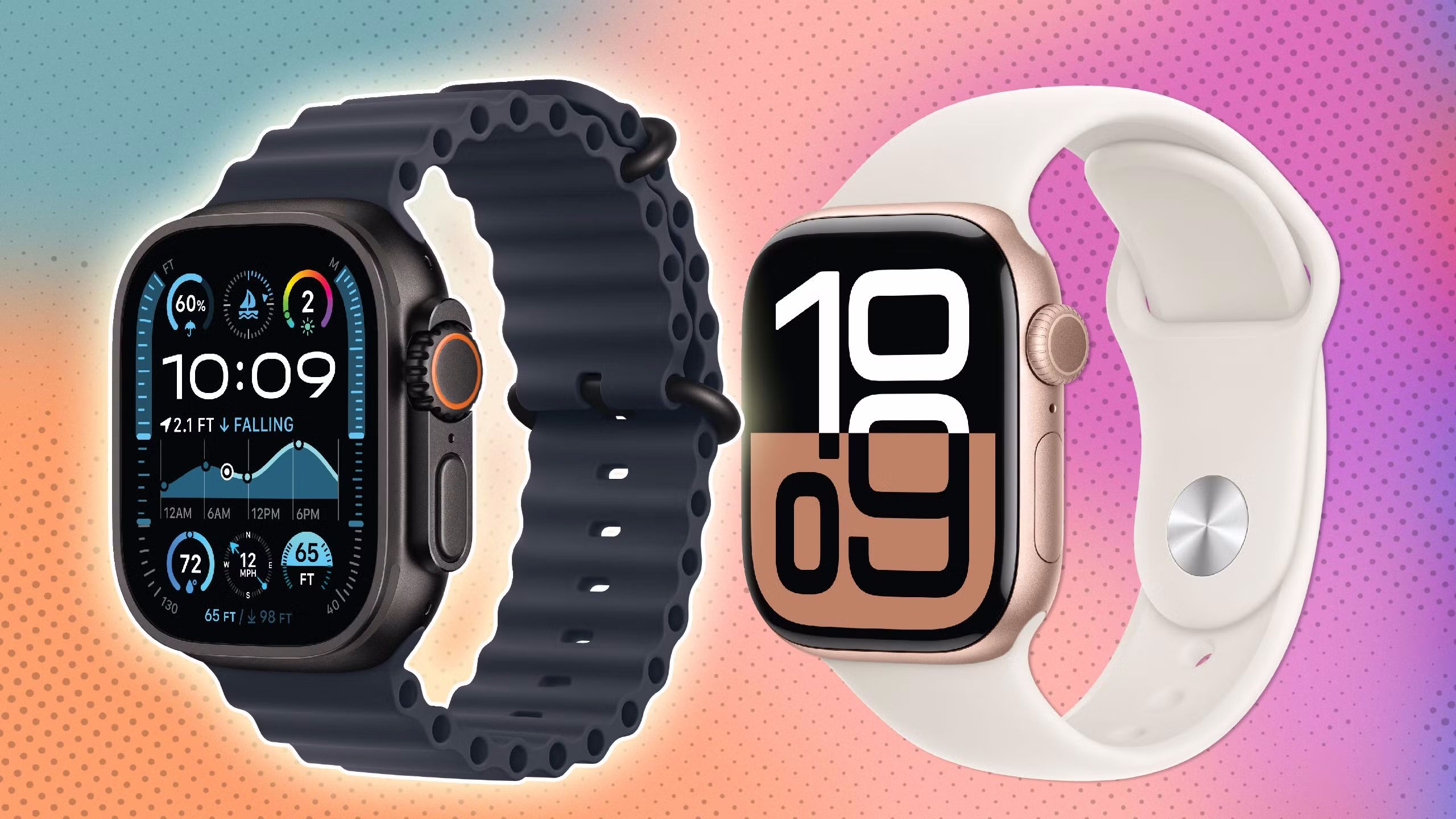
Related
5 reasons I bought the Apple Watch Ultra 2 instead of the Series 10
The Apple Watch Ultra 2 may not be the latest and greatest, but it still beats the Series 10 in key areas.
Different strokes for different folks
Why Google and Roku aren’t in a rush
The quality gap is likely attributable to Apple’s goals with the Apple TV. As with the iPhone, Apple’s primary aim is to turn a healthy profit on every unit sold. That could, hypothetically, mean charging a premium for an inferior product, but that wouldn’t be a sustainable long-term strategy. Instead, it needs to make the hardware inherently appealing to justify its cost, which translates into excellent (or at least good) software backed by high-end specs. Any app and subscription purchases are welcome — they’re part of the point, naturally — but not necessary for the product to stay afloat.
Google and Roku are more dependent on ad, subscription, and/or licensing revenues. That means pricing their add-ons to sell far and wide, and designing software that can run on just about anything. There’s nothing stopping companies from building an OS that’s as robust and flashy as tvOS — but few integrated TV processors would be able to handle it well, let alone a $50 Streaming Stick. When you buy an Apple TV, you’re making an upgrade to your setup, not just switching platforms.
Google and Roku are more dependent on ad, subscription, and/or licensing revenues.
Speaking of which, Apple also has a distinct advantage in the spec department. Its processors are not only designed in-house and hyper-optimized for its software, but churned out en masse for a diverse range of uses. The A15 Bionic chip in the current Apple TV 4K can also be found in several older iPhone models, plus the sixth-generation iPad mini. It’s almost trivial for the company to give the Apple TV an upgrade, whereas Google and Roku have to tap into third-party components without any special performance enhancements.
Another thing to highlight is the difference in app ecosystems. Whereas Google and Roku are naturally focused on audio and video streaming, Apple wants you to spend on games, too, whether individually or through
Apple Arcade
. To be clear, there are games for Google TV and Roku OS — but there’s a weaker selection, since developers can’t count on players having a reasonable amount of horsepower. Giving the Apple TV some oomph expands the possibilities.
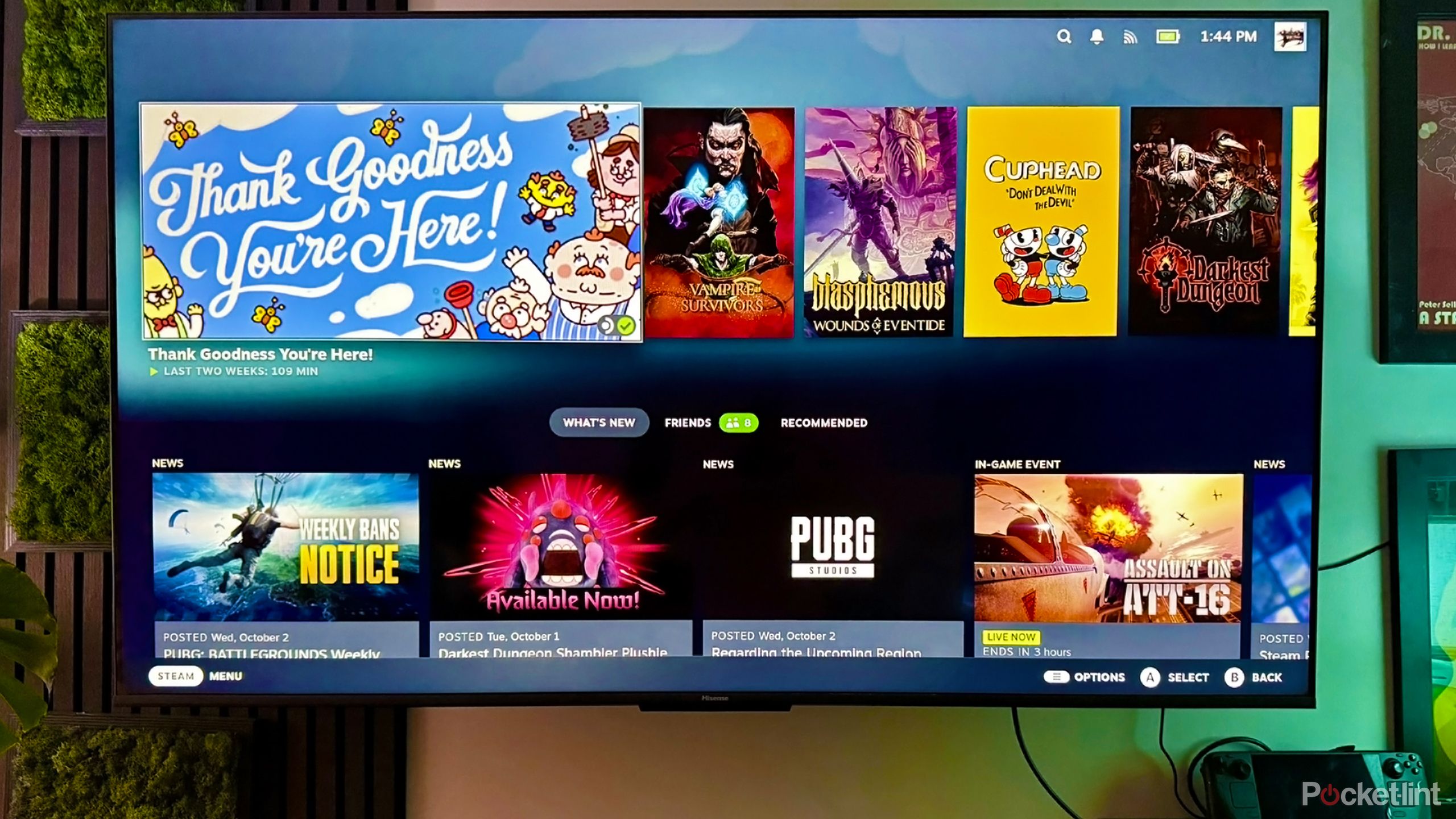
Related
How to turn a Steam Deck into a TV gaming console
You can play PC games on your TV without buying a desktop or laptop.
Is there any chance of a reversal in the future?
Faint odds
I could imagine Google deciding to up its game at some point. It has the money and resources, and there is presumably a group of people out there who would gladly pay for a do-it-all Android streaming device with the best specs and expanded app support. In some ways, that describes Nvidia’s Shield TV devices, except that Nvidia has let its specs languish considerably.
It’s a question of whether it’s worth it. The Google TV Streamer does what it sets out to, and Android apps aren’t typically as lucrative as the ones for Apple platforms, unless perhaps you’re talking about Fortnite or PUBG Mobile. No one’s really clamoring to play console-quality games on Google hardware. Even Apple TV games aren’t the hit Apple was hoping they’d be. Which shouldn’t be surprising — you’ll get a far better gaming experience from a Nintendo Switch, a Steam Deck, or a PlayStation 5. Apple doesn’t even make its own gamepad.
Roku is probably comfortable where it is. It’s never really shown any ambitions of doing something greater, and it doesn’t have to. I just wish its products were a little slicker sometimes.

You might also like
Everything you need to know about PEVs, or personal electric vehicles
You can use PEVs to explore, run errands, or speed up your commute.
Trending Products

Sceptre Curved 24.5-inch Gaming Monitor as mu...

SAMSUNG 34″ ViewFinity S50GC Collection...

Wi-fi Keyboard and Mouse Combo – Rii Co...

Logitech Media Combo MK200 Full-Measurement K...


